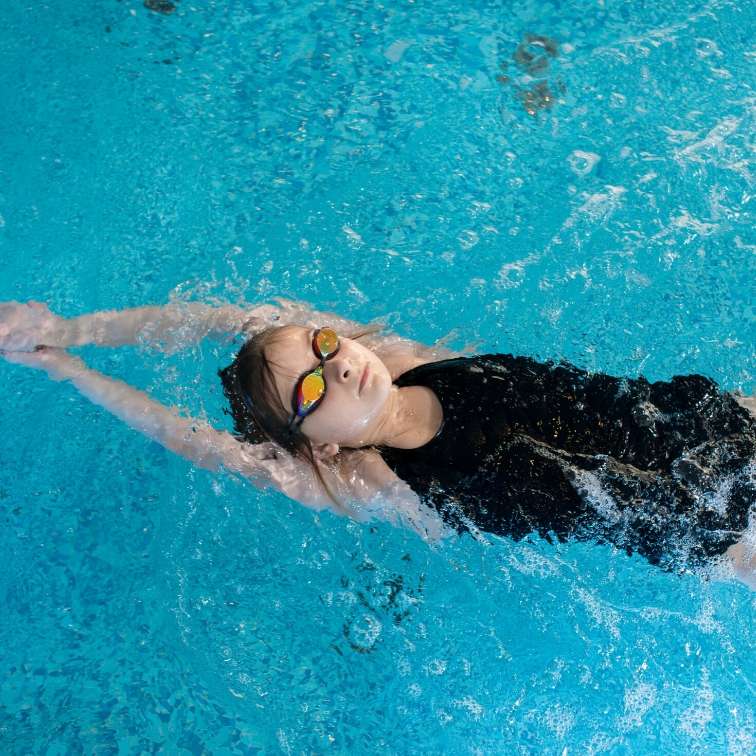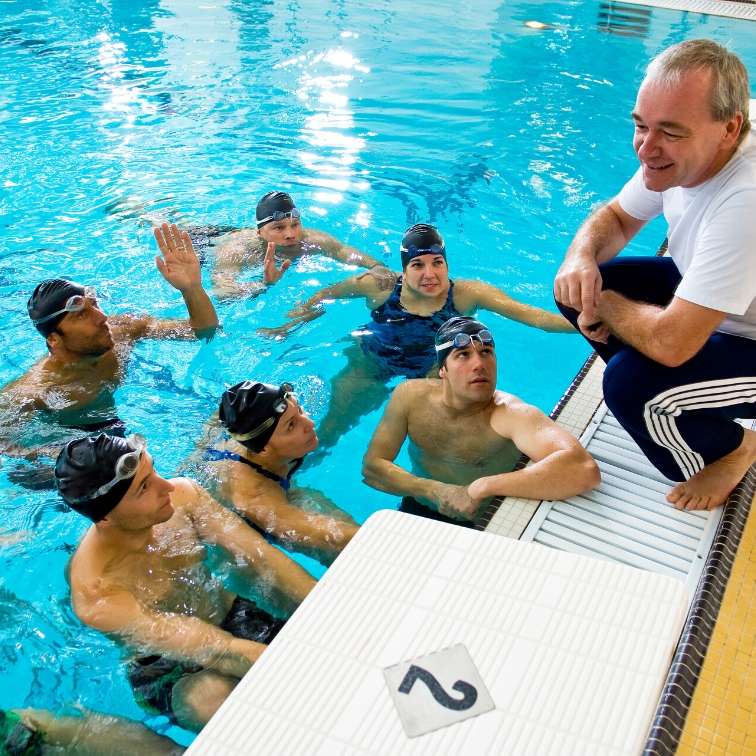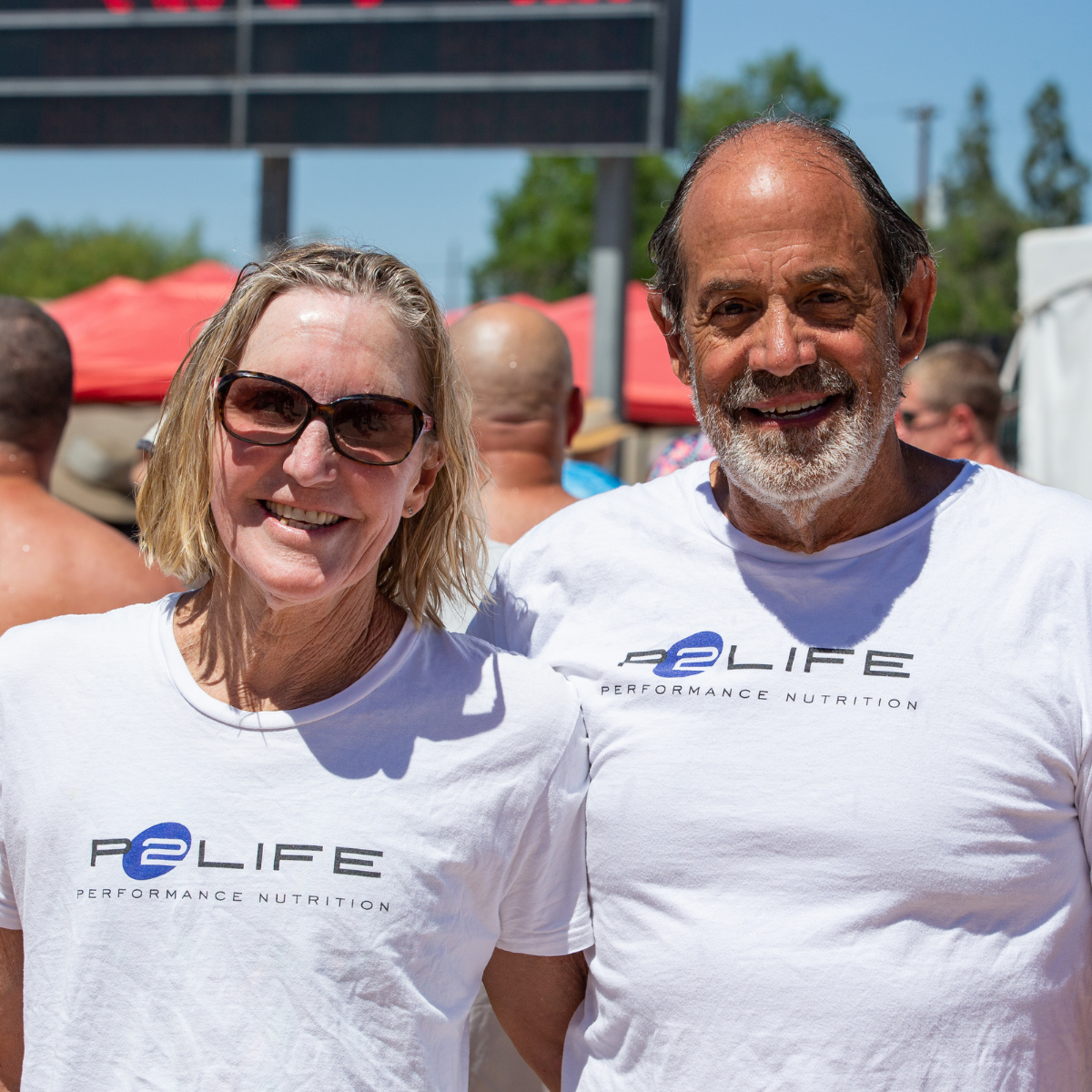
3 Reasons Swimmers Shouldn't Skip Their Cool Down Exercises
Swimmers often have busy schedules; we're rushing from a training session back to class, or from an early morning swim practice into a busy day full of meetings. When we're in this kind of rush, one of the first things that we skip in the exercise routine is the cool-down. Although it may be easy to simply jump from the pool straight into the shower, take some time to do some cool down exercises. Here's a few reasons why you should!
1. Regulate blood flow
Cooling down may be most important for swimmers because it helps regulate blood flow. Doing some cool down exercises after your workout allows for a gradual recovery of blood pressure. "When the movement of blood slows within the vascular system, there is less pressure available to move the blood through these doorways, which causes the blood to become somewhat ‘trapped’ between these valves"1 (Ace Fitness, 2014). This blood pooling that occurs when the body goes from a full scale swim session to resting can cause lightheadedness, dizziness, and fainting.
2. Flexibility
Your cool down routine should also include some stretches that can improve your range of motion, joints, and flexibility. When your joints are able to move through their full range of motion, your swim technique improves, and of course, so does your overall performance. Stretch when your muscles are warm, once you've done a few cool down laps. Improved flexibility will also reduce the occurrence of cramps and injuries, which can keep you from swimming in the next meet. 
3. Lower heart rate
A proper cool down also helps lower a raised heart rate down to resting heart rate safely. To make sure you're within the right range, measure your heart rate before you begin swimming so that you know what your normal resting heart rate is. After about 5 to 10 minutes into your cool down routine, check to see if your heart rate is back to normal and if not, continue cooling down for another 5 minutes by swimming a few more leisure pace laps. By bringing your heart rate back to normal, you are restoring your physiological systems to baseline and cooling your body temperature.
Multiple studies show improved performance for swimmers when cooling down between races, so don't skip this important step for optimal performance. To cool down after swimming, swim some leisure laps for five to 10 minutes and do any cool down exercises that your coach recommends.
In addition to this routine, don't forget to hydrate with water between events or with a recovery shake if you're done working out for the next few hours. Recovering with the right fluids, especially those including carbohydrates and protein, is also an important step in the cool down process. Keep your recovery drink on the side of the pool and sip it during your cool down session.
Sources:
1. http://www.acefitness.org/acefit/healthy-living-article/59/3683/five-reasons-you-shouldn-t-skip-your-cool/
2. http://www.livestrong.com/article/414362-why-does-the-body-have-to-cool-down-after-exercise/
3. http://www.swimmingscience.net/2013/04/arm-warm-downs-necessary-in-swimming.html
4. http://www.usaswimming.org/ViewMiscArticle.aspx?TabId=1596&mid=9333&ItemId=4492
5. http://www.mayoclinic.org/healthy-lifestyle/fitness/in-depth/exercise/art-20045517?pg=2










Leave a comment
This site is protected by hCaptcha and the hCaptcha Privacy Policy and Terms of Service apply.